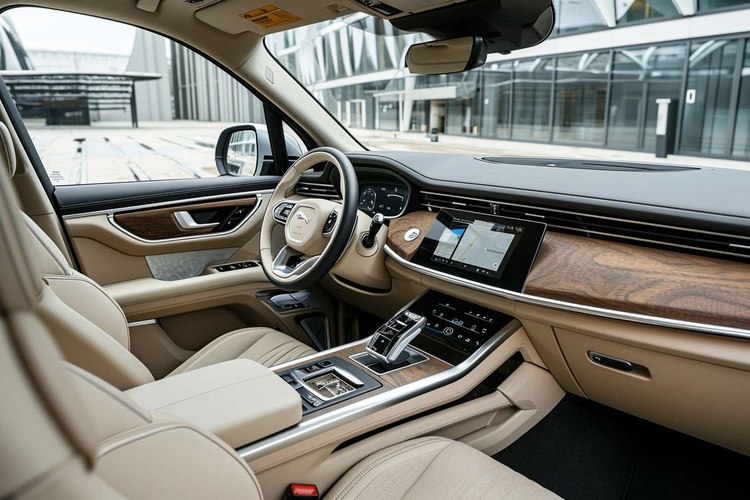Decoding the Advancements in Continuous Variable Transmissions
A continuous variable transmission (CVT) might not be the most glamorous feature in a car. However, it's one of those advancements in automotive technology that has drastically improved the driving experience. In this article, we delve into the remarkable journey of CVTs, the contemporary industry trends around this technology, and its potential impact on the future of driving.

The Genesis of CVTs – A Historical Overview
CVTs were not born yesterday. Their conceptual roots date back to the 15th century, with their basic principles appearing in Leonardo da Vinci’s sketches. The first patented design, however, wasn’t until 1886 by Daimler and Benz. Over time, CVTs evolved from being used in small machinery to being incorporated in automobiles.
Unraveling the Mechanics of CVTs
Unlike traditional automatic or manual transmissions, a CVT doesn’t have fixed gear ratios. It operates on a simple mechanism: two pulleys connected by a belt. One pulley connects to the engine, and the other connects to the wheels. The diameters of these pulleys change based on the car’s speed, resulting in an infinite number of possible gear ratios.
CVTs in Modern Day Automotive Industry
Today, many car manufacturers recognize the benefits CVTs can offer. This transmission type is lauded for its smooth performance and fuel efficiency, especially in city driving conditions. CVTs can seamlessly adjust to the driver’s acceleration demands, maintaining the engine’s optimal RPM (revolutions per minute) for a given speed.
The Impact of CVTs on the Future of Driving
CVTs offer a host of benefits that are particularly relevant in the current automotive landscape. They have the potential to contribute significantly to fuel efficiency and emissions reduction - crucial considerations in a world increasingly focused on environmental sustainability. However, CVTs are not without challenges. They can be expensive to repair and lack the sporty driving feel that some driving enthusiasts crave.
The Road Ahead for CVTs
As the automotive industry continues to evolve, so does the technology around CVTs. Manufacturers are investing in research and development to overcome the challenges and limitations associated with CVTs, making them more robust and appealing to a broader range of drivers.
In conclusion, the story of continuous variable transmissions is a testament to the ever-evolving nature of automotive technology. CVTs may not have the exciting allure of a turbocharged engine or the futuristic appeal of autonomous driving, but they play a crucial role in shaping our driving experiences. They remind us that sometimes, the most impactful advancements in automotive technology are the ones that operate quietly behind the scenes, optimizing our drives one seamless gear shift at a time.




